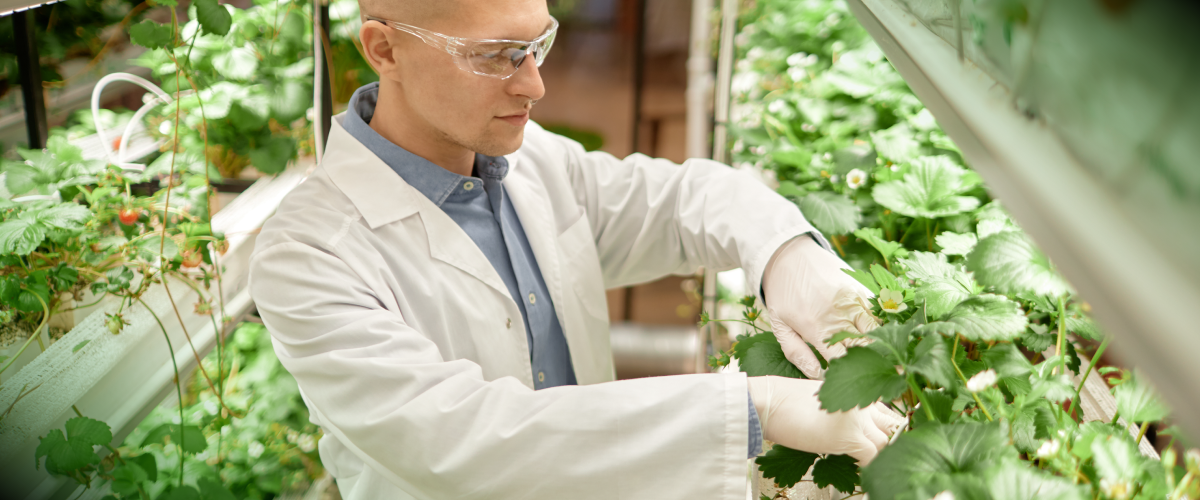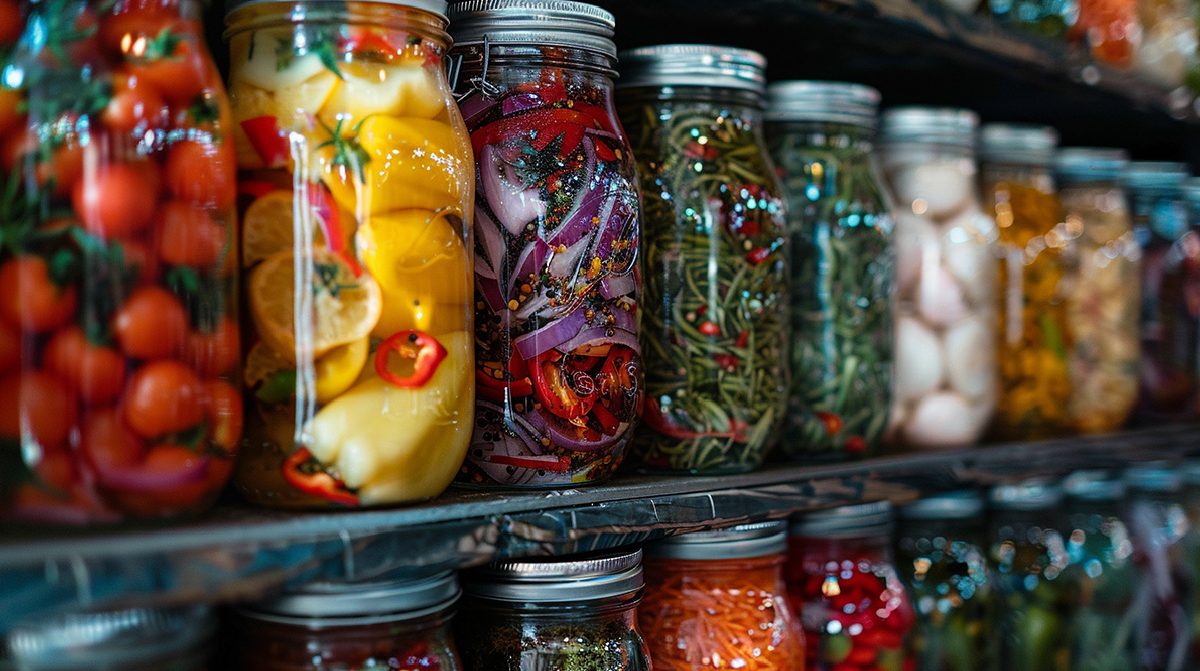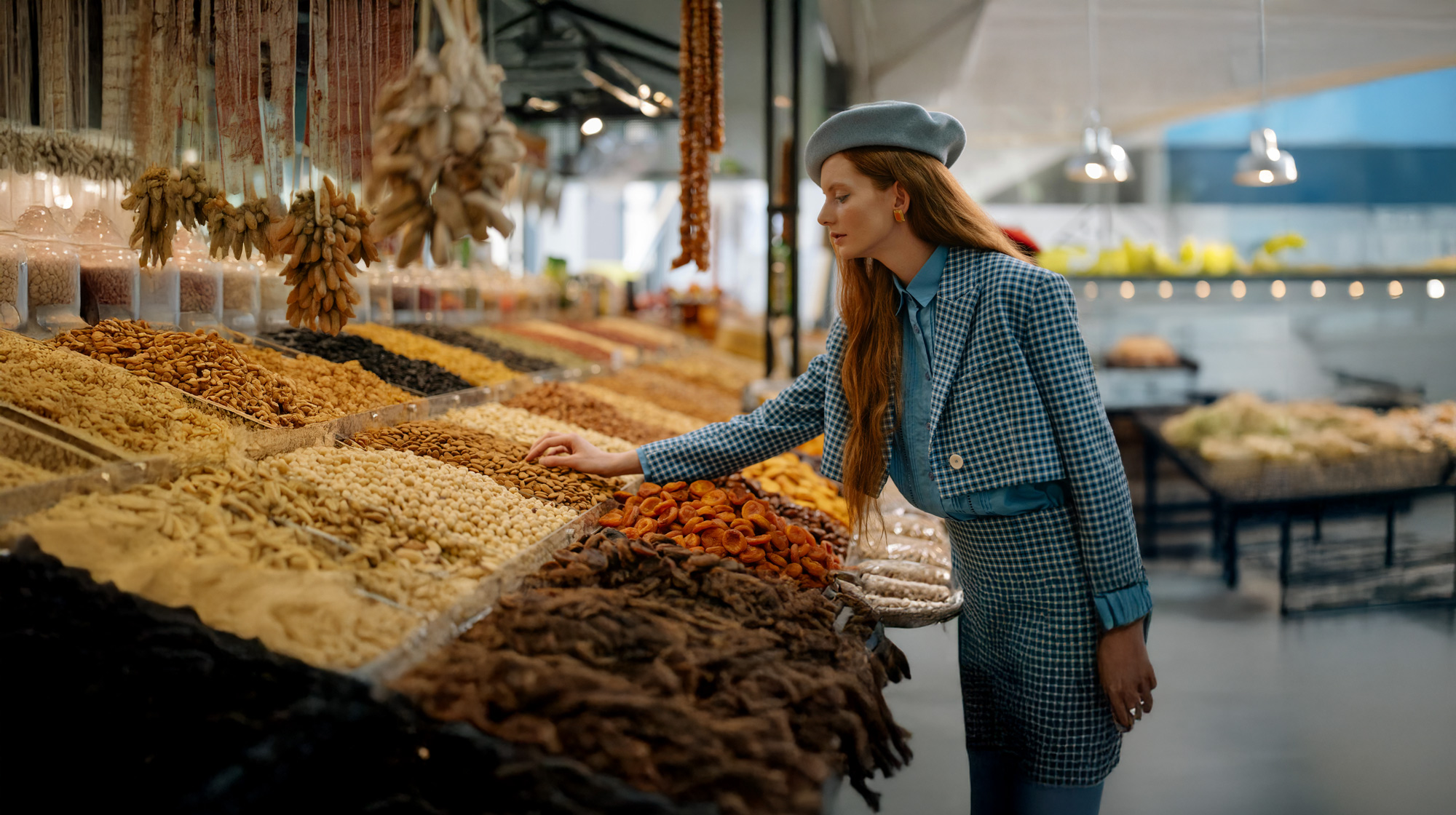Each year, millions of tons of food are wasted across the globe— not just in home kitchens, but in grocery stores, farms, and factories.
Government: Regulation Meets Opportunity
Food waste is increasingly being addressed as a public policy issue, with governments rolling out legislation to reduce loss across the supply chain. From clearer expiration date labeling to national food donation incentives and funding for sustainable agriculture, these initiatives are pushing the industry to think differently. Food & beverage manufacturers are a crucial part of that change—helping to meet safety and labeling regulations while also creating new flavor systems that support sustainability goals, like enhancing the appeal of surplus or upcycled ingredients.
When governments provide structure, it opens the door for smart flavor-forward solutions. New guidelines are driving demand for reformulated products with longer shelf lives, more transparent labeling, and minimal waste in production. Many are turning to flavor innovation and preservation strategies that help extend freshness and reduce reliance on excess packaging—allowing brands to stay ahead of regulations while appealing to eco-conscious buyers.

Producers & Retailers: Innovating for Impact

Consumers: A Taste For Responsibility

Conclusion

Insights & Trends

Go Big or Go Bland: The Rise of Maximalism in Taste

Tackling Food Waste from Every Angle: From Policy to Plate

How Health, Tech, and Global Events Are Changing What We Eat

Beyond the Label: How Word Choices and Packaging Affect Taste

The Rise of Customizable Flavors: Tailoring Taste to Consumer Preferences

Sustainability Meets Taste: Food Frontiers

Flavor Innovation in Plant-Based Foods What’s Next?

The Science Behind Consumer Flavor Preferences: What Drives Taste?

The Aroma Advantage: Elevating Flavors for Modern Consumers

